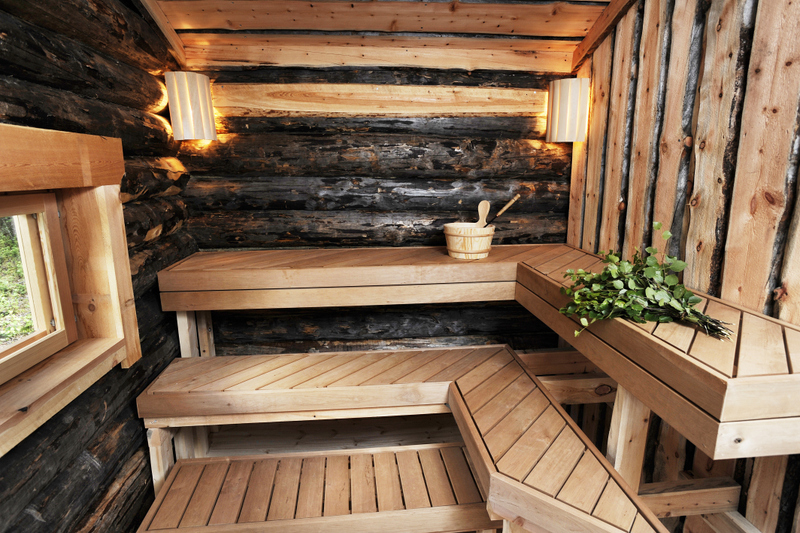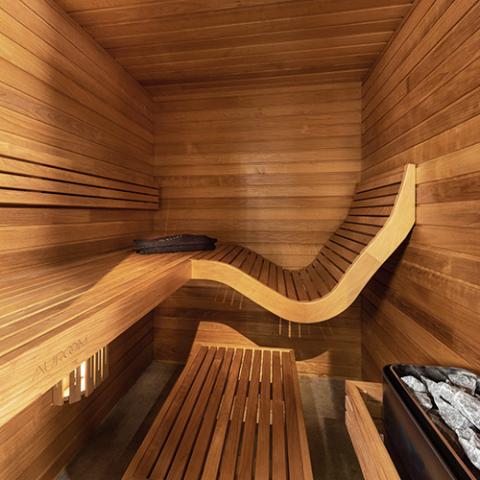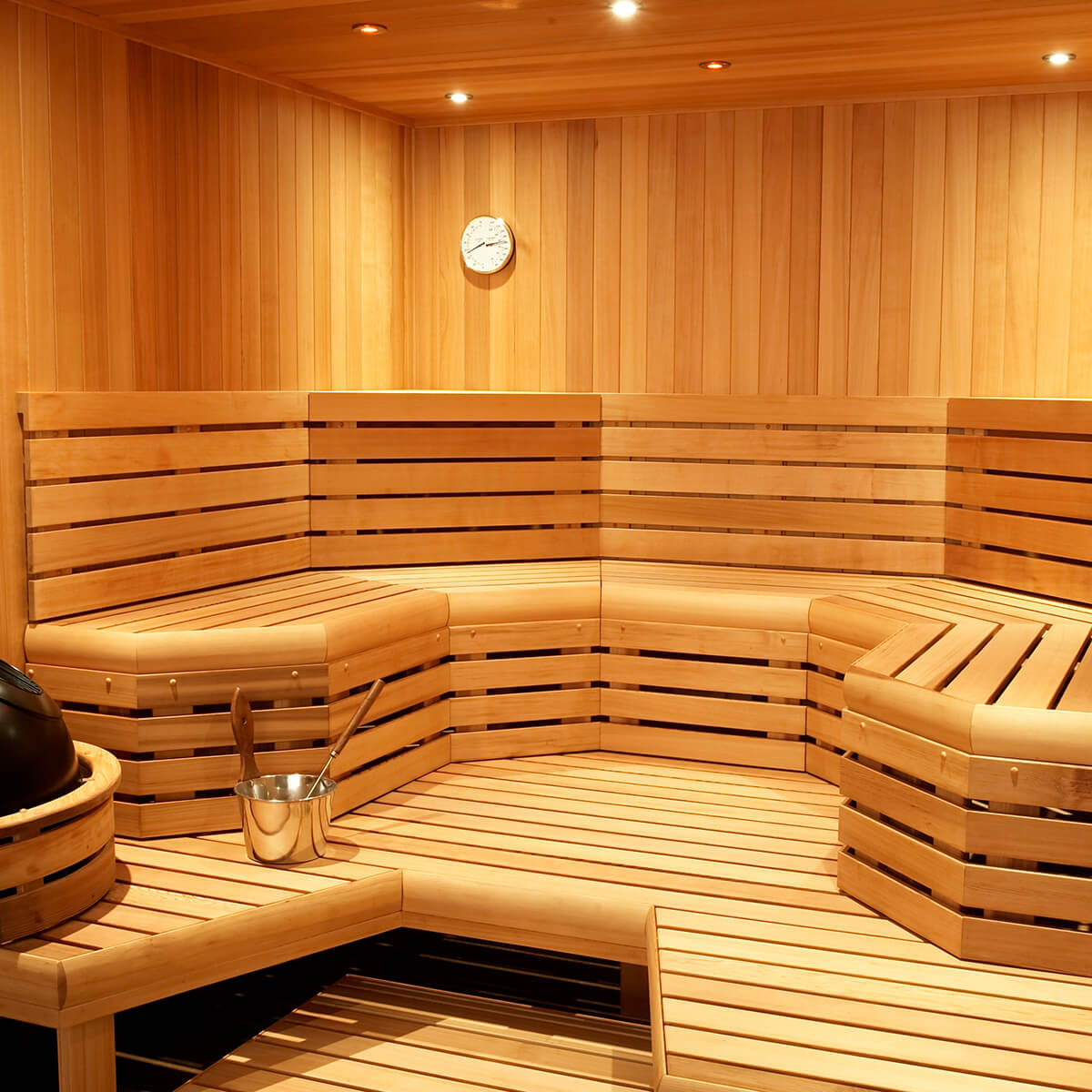Fascination About Traditional Sauna
Traditional Sauna Fundamentals Explained
Table of Contents4 Easy Facts About Traditional Sauna DescribedSome Ideas on Traditional Sauna You Should KnowAn Unbiased View of Traditional SaunaGetting My Traditional Sauna To WorkThe Single Strategy To Use For Traditional Sauna
A lot of the weight lost in a sauna is water loss and is re-gained upon rehydrating. Nonetheless, undoubtedly sauna can be an important part of a healthy fat burning program. To check out the distinctions between traditional and IR saunas, I will separate these right into verifiable, theoretical, and fabricated differences.Therefore, the most popular point in the saunawhich is at the ceiling straight over the sauna heateris usually in between 185 and 190 F. Claims that a traditional sauna surpasses 200 F is simply not true and not relevant for electrical saunas marketed in the United States. The temperature level for a far-infrared sauna is normally set between 120 and 140 F; nevertheless, unlike the conventional sauna, the goal in and IR area is not to achieve a heat.

When a standard sauna has been correctly warmed, the sauna walls are warm, the air temperature level has actually accomplished set temperature and the rocks are super heated. As a fascinating side note, the heated wall surfaces and the rocks are producing far-infrared warmth, incorporated with the heated air, to produce an "enveloping heat".
The Greatest Guide To Traditional Sauna
When the heat is achieved, the aspects cycle on and off to maintain the heat. Many conventional sauna customers enjoy pouring water over the rocks to create vapor to increase sauna humidity levels. The benefits of putting water over the rocks include: making the room a lot more comfy, dampening the nasal flows, and allowing the use of aromatherapy by blending necessary oils with the water.

When the energy enters the body, it causes the body temperature level to enhance and inevitably causes sweating. In an infrared sauna it is necessary for the emitters/heaters to remain on practically frequently. Given that there is no mass of rocks to preserve warmth, the sauna will certainly cool down if the emitters turned off.
The Basic Principles Of Traditional Sauna
As discussed over, the sauna bather in an infrared space i loved this wants to position himself before operating emitters to obtain optimal advantage from the warmth. The heating time for both rooms can be really different, depending upon exactly how the areas are used. For a traditional sauna, a bather should allow 30-40 minutes for the room to accomplish a desired temperature and to effectively pre-heat the rocks.

A well built sauna will normally accomplish a temperature level of 150-160 F in regarding 30-40 minutes (Traditional Sauna). For hotter temperature levels, the space may need to heat for a longer period. Once the space achieves established temperature level, the heating unit will cycle on and off, generally running regarding 50% of the time. The protected walls and the heated rocks will maintain the area hot and at steady temperature levels.
To some, 15 minutes was "thrown away" while the infrared power warmed the wood panels instead than heating a body, while others discover a pre-heated area to be a lot important source more comfy and believe an elevated starting temperature is needed to start perspiring. The size of try this out suggested use for each space is around the very same (10-15 mins per session); nonetheless, because of the reduced air temperature levels and the capacity to feel the effects of infrared warm much faster than a standard sauna, it is not unusual for a person to spend a total amount of 20-30 mins in an infrared sauna.
Traditional Sauna Can Be Fun For Anyone

The average price per kWH of power in the united state is approximately $0.11, so a 4.5 kW heater will set you back approximately $.50 to run for one hour, if the heater runs constantly for one hour. Usually a sauna heater will run for 75% of the first hour and 50% of succeeding hours on since the components cycle once the established temperature is achieved.
A two person far-infrared space is typically literally smaller than a typical sauna, typically regarding 4' x 4' or smaller. The IR heater is generally 1.5-1.7 kW using a 120 volt 15 amp plug-in solution. Because the room can be utilized earlier than a sauna room, we will certainly assume the area is utilized for to of an hour consisting of warmth up time.
Lastly, there is a rarely gone over distinction in the social experience between both rooms. While our society has lost some of the social benefit of the traditional sauna experience, it can be extremely socially fulfilling (Traditional Sauna). From family members time in the sauna, to heart-felt conversations with loved ones, to sauna partiesthe standard sauna experience can cause intimate mingling
The Basic Principles Of Traditional Sauna
Many greater end infrared spaces include tinted light treatment, noise systems and full-glass fronts.